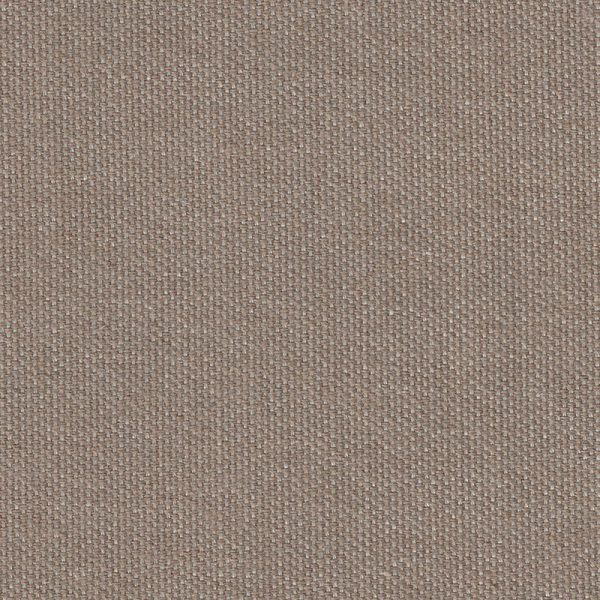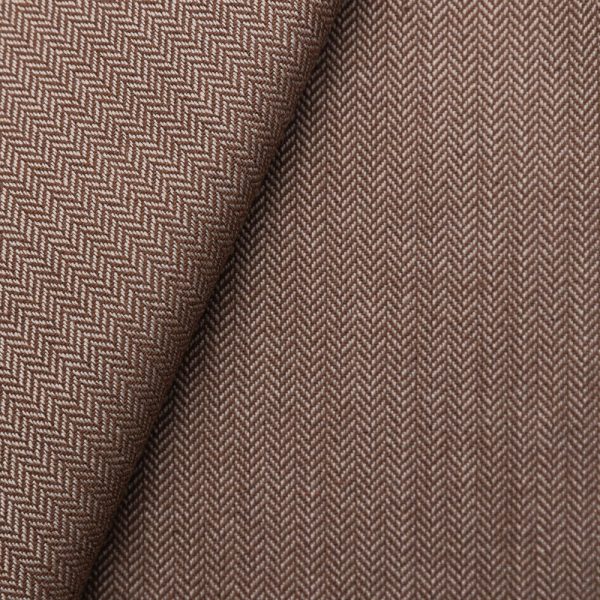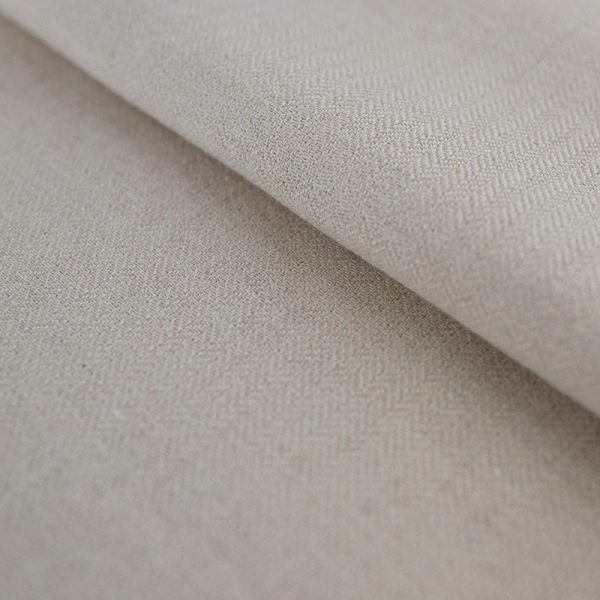
Sustainable curtain fabrics
Prior to writing this blog, I completely immersed myself in the world of curtains. Did you know that there are many different types of pleats? I only knew the standard pleat and apparently it is called pencilpleat.
Pretty pleats
Pleats are created by the width of the curtain. A standard width for a curtain fabric is about 1.40 meters. The more fabric you use, the better the result. The most simple and standard pleat is a flat pleat. If you want to give a curtain a fuller and luxurious look, choose a spacious pleated curtain. Common pleats are the pencil pleat, and double or triple pleats like the butterfly pleat.
The most extensive is the tulip or goblet pleat. The pleats are secured at the bottom and remain open at the top, just like a tulip. Often the pleats are filled with cotton wool or kapok for a more pronounced shape.
In addition to these folds, there are the following folds:
- A single pleat with return pleat.
- A wave pleat
- A pleat with grommet
DIY sustainable curtains
If you want to make a pleat yourself, you should pay attention to a few things. The required amount of fabric for example. For the best result, it is smart to multiply the rail length by 2.5. If you want to hang a high room with curtains, it is important to use at least a double pleat. This ensures that the pleat can still be seen at the bottom of the curtain.
Sometimes it is more beautiful, but also easier to have a professional studio make and hang your curtains. Making curtains is a profession and even the most beautiful fabric becomes less beautiful if the curtain is not manufactured correctly. It loses its appearance. Do you want to make curtains yourself? For this I have some useful tips:
- Curtains have to hang out because a house is lively. Heat, moisture and light can affect the fabrics. Think of shape retention. It is best to let curtains hang for 1 year, ensuring that the curtain has gone through all seasons. In general, a few weeks is also sufficient. This measure is especially important for curtains made from linen. Linen can hang out under the influence of heat and moisture, but can also shrink again.
- The thickness of the fabric. In general, the thicker the fabric, the heavier. It is therefore important to adjust your rails according to the weight of the fabric.
- The length of the curtain is also very important. A beautiful curtain hits the floor or is just a little longer. This is especially important for floors that reflect strongly. The reflection ensures that your curtain quickly looks too short. Think of stone or marble floors. Also, curtains should not be too long because they will then absorb dirt. The curtains become less durable due to the absorption of dirt.
- A beautiful curtain must be well maintained. There are several options for this: you can vacuum your curtain regularly if you use the right brush. Another way is to freshen up your curtains by hanging them outside in foggy weather. A thorough cleaning can be done by dry cleaning the curtain.





